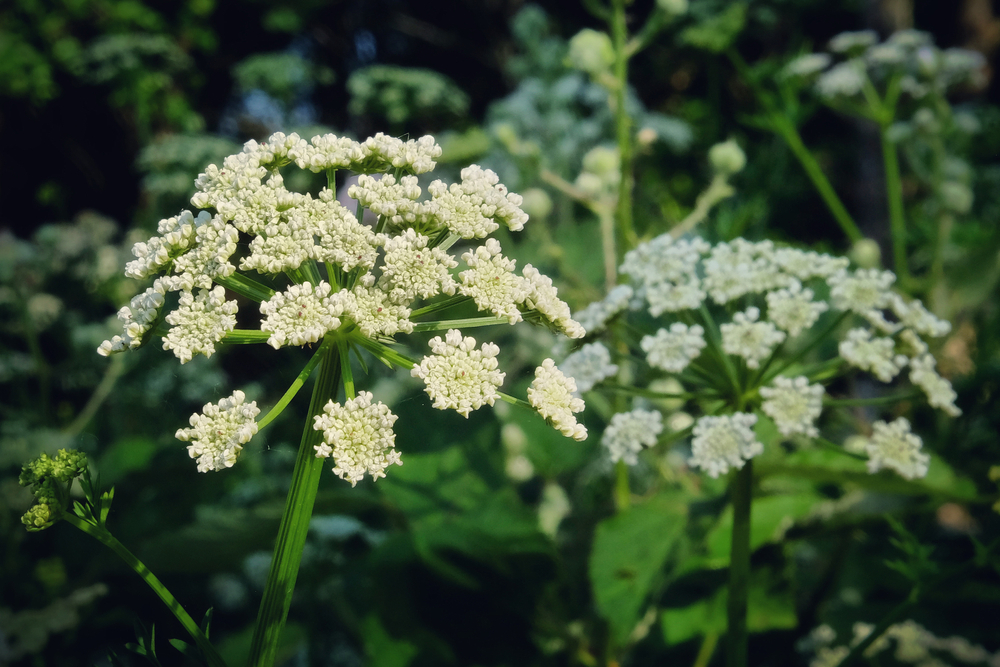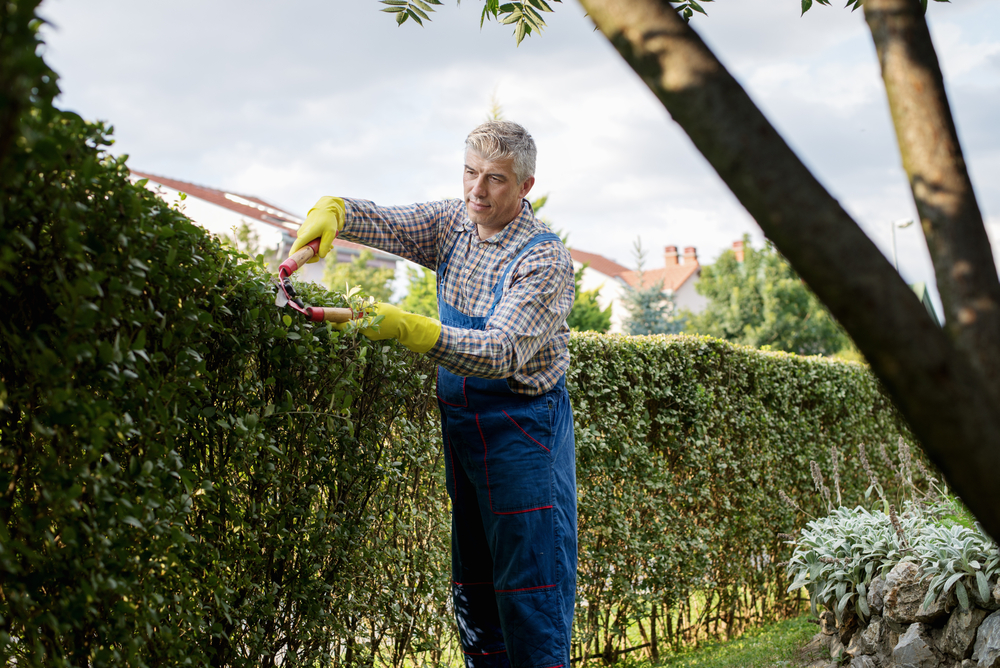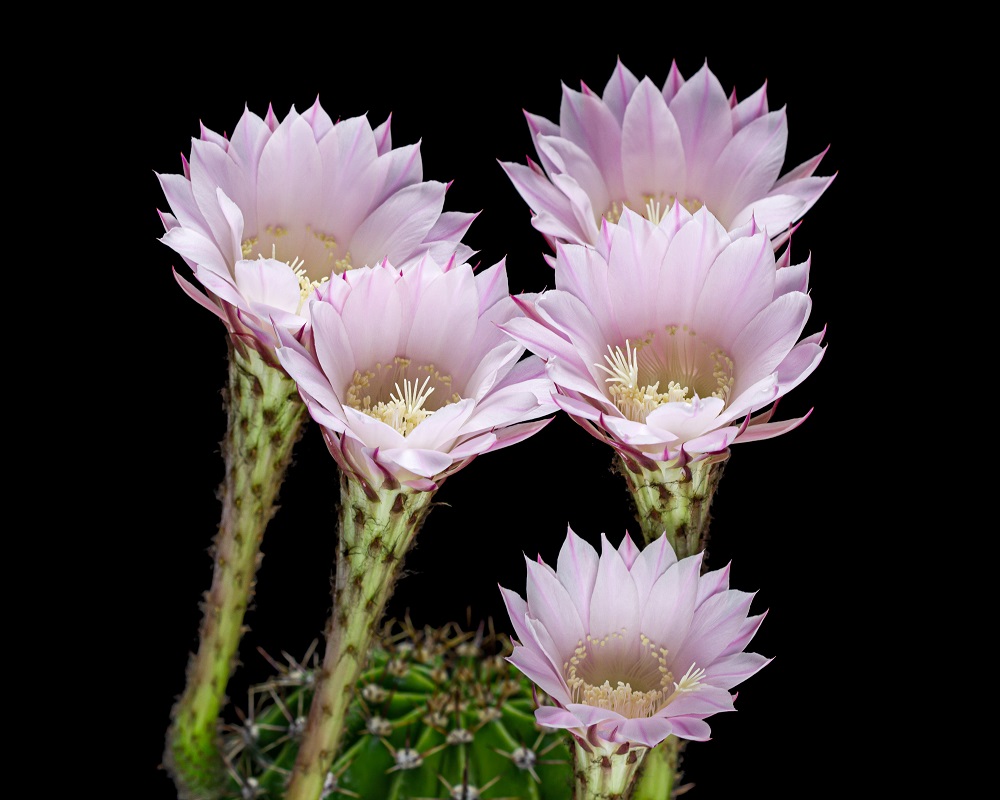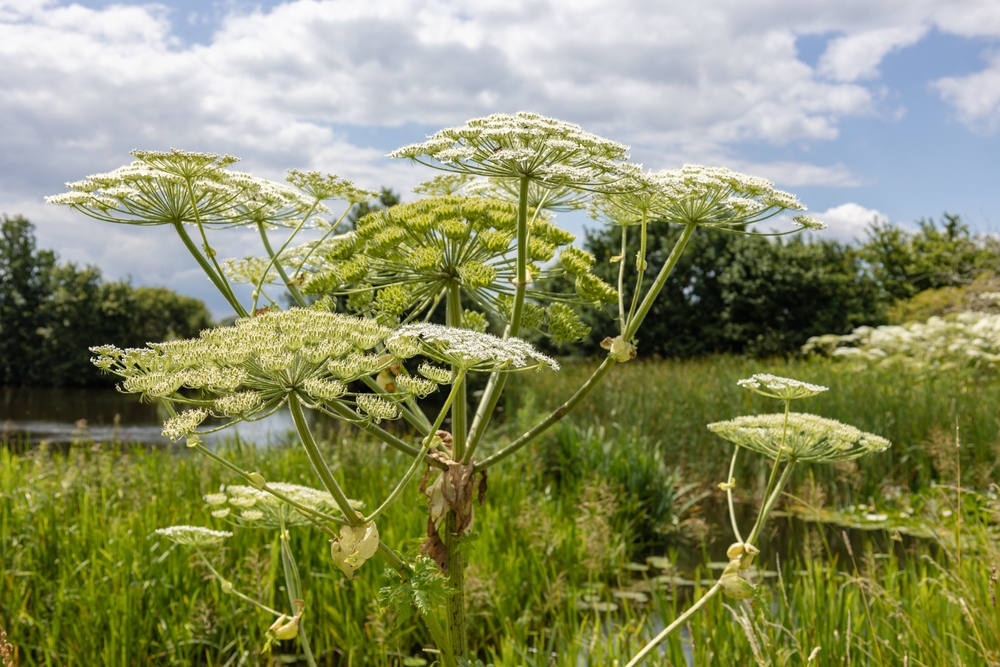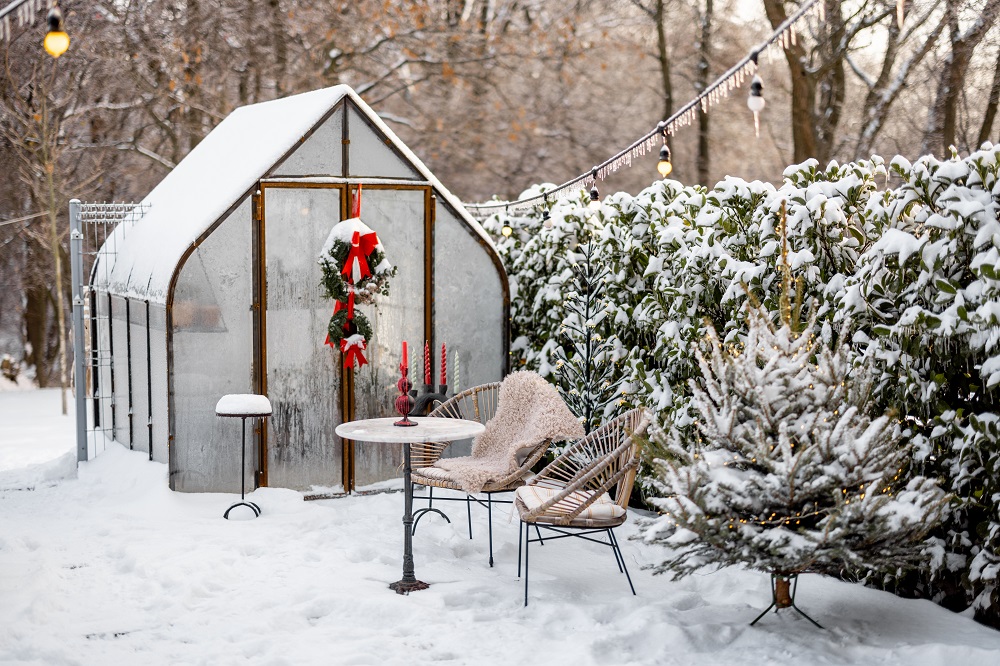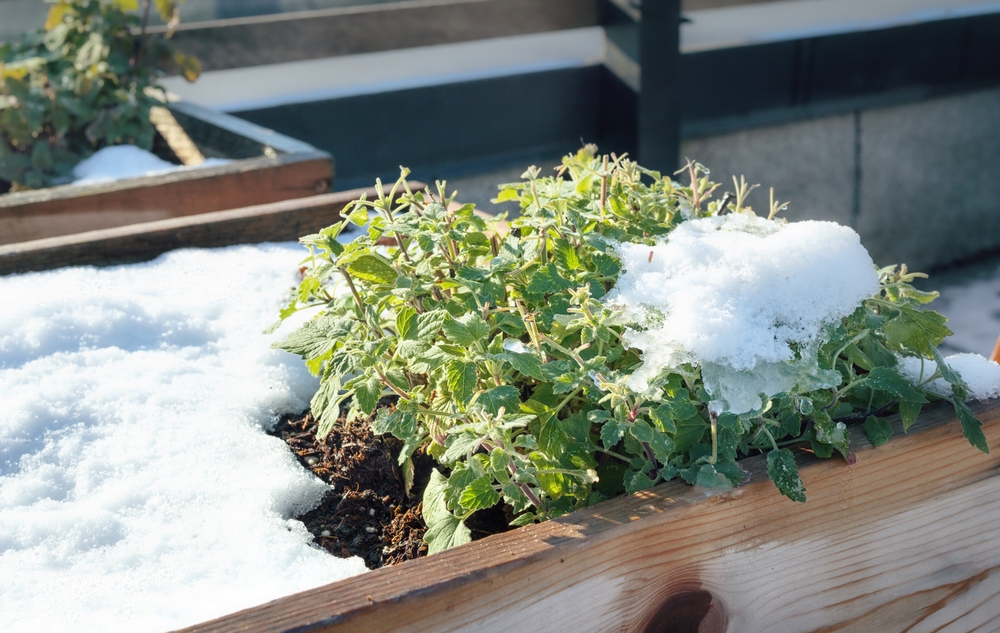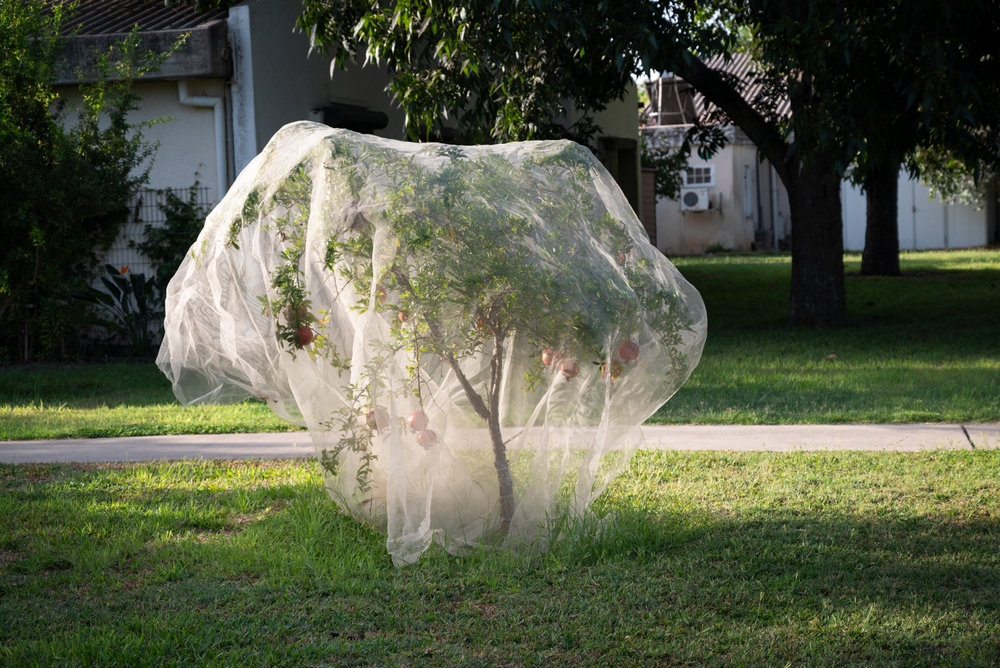If you want to create a dog-friendly garden, you’re at the right place!
Do you have a pup at home? Then you know how much they love to sit outside, whether sunbathing, playing, sleeping, or simply following you around while you harvest tomatoes. Your four-legged friend needs as much time outside as you do, but just like any other part of your home, you should have a pup-friendly space.
Your area should be a safe zone for them to explore, so I’ve gathered all my best tips for you. It took me a while to create a dog-friendly garden, and that’s because my energetic companion kept running around, messing with my flowers, and stretching long enough to taste all of my cherries.
However, after many trials and errors, I discovered what my furry friend needs, and I want to share my discoveries with you. So without further ado, here are my best tips on how to create a dog-friendly garden:
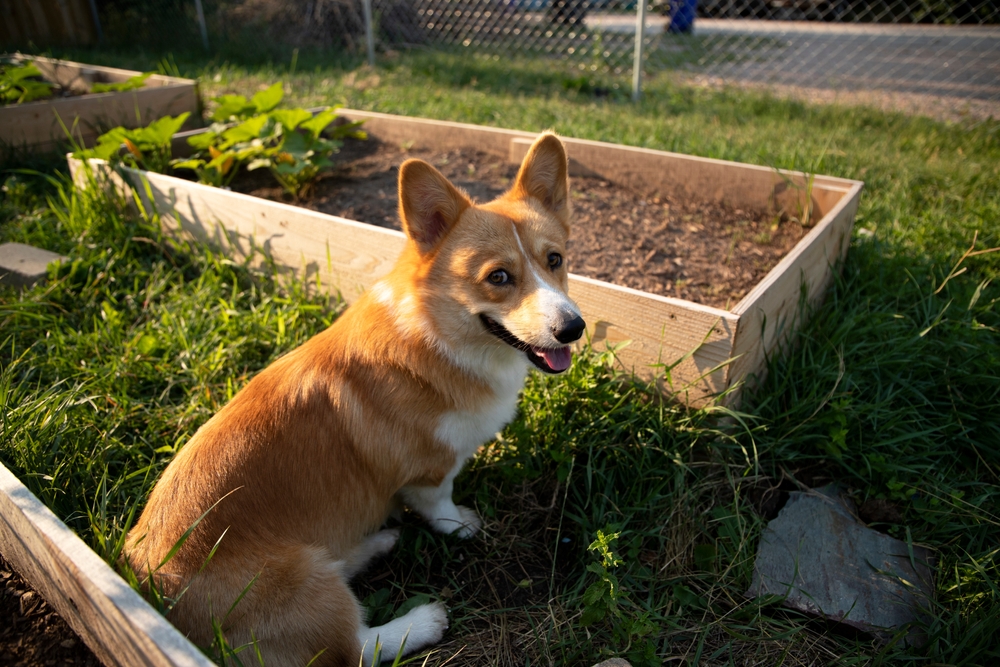
1. Avoid toxic plants
One of the most important things to keep in mind when you want to create a dog-friendly garden is to avoid toxic plants. You can turn your space into a wonderful oasis by adding roses, lavender, calendula, and sunflowers. However, with patience and proper training, your beloved pup can learn that they can’t play with your plants.
Keep in mind that while plant toxicity isn’t that common in pups, all plants can cause unwanted wounds, so if your furry friend is hyperactive, it might be better to supervise them. If you’re looking for pet-friendly plants, some of my favorites are cornflower, sage, and rosemary.
As for plants that your pup might not tolerate, like hydrangea, yew, wisteria, daffodil bulbs, and tomato plants (green fruit, leaves, and stems), you can put them in hanging baskets or garden zones where your pooch doesn’t have access.
In case your furry friend has ingested your garden plants or is showing signs of being unwell, you should immediately seek veterinary help.
2. Make a digging pit
Your four-legged companion loves to dig, so if you want to create a dog-friendly garden they’ll adore as well, you need to make a digging pit. You don’t want their lovely paws to destroy your carefully planted shrubs, do you?
Given that pooches tend to dig for different reasons, such as looking for a stunning smell, preparing a comfy and cool resting spot, or burying a snack for later. To protect your gorgeous flowerbeds, you need to create a digging pit your dog is aware of.
It might take a while to teach them about that space, but once they know they have a designated space to play and have fun in, they’ll be happy, and your plants will be safe.
Here’s how to create the perfect digging pit for your dog-friendly garden:
- choose a clear zone that you don’t mind your pup digging in;
- grab a sturdy container, such as a heavy-duty plastic box or a cat litter tray;
- dig a hole that’s deep enough so the top of your container is flush with ground level;
- the final step is filling the container with the earth you’ve gotten out of the hole. If you don’t want to use this, you can swap it for pup-friendly sand.
To make your pup happier and more interested in their new playground area, you can half-burry their favorite toys and maybe even a treat or two.
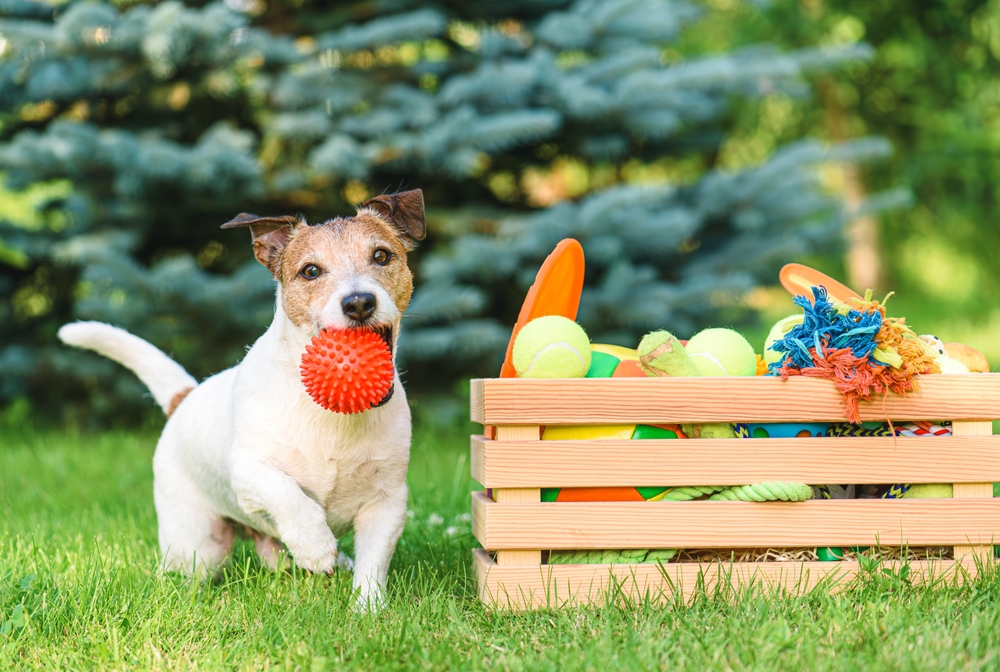
3. Create shaded and cool spots
Sun’s out, pup’s out! Or at least, that’s how my dog is. Your lovely furry friend will want to spend as much time as possible in the garden when the sun is shining, especially if you’re there as well.
While for you it’s a bit easier to cool down, it’s a bit harder for your pet. According to vets, dogs find it difficult to cool down and easy to overheat because they can only perspire through their paw pads. To keep your pooch happy and cool, create shaded and cool spots in your garden.
Choose a spot protected from the sun, and add even more shade by planting pet-friendly plants around it, such as little trees, spider plants, or roses. If you have the room, you can even turn the space into their den by tossing a throw over two pieces of furniture so they can lounge beneath it. You could also place their cooling pad or canopy bed there.
Vets say that temperatures over 68 degrees and above can increase your pup’s risk of heatstroke. But that’s not all: anything more than 75.2 degrees can be extreme for a sensitive pet, so take care of them and try to keep them cool and safe from the sun.
Heatstroke symptoms include vomiting, heated skin, red eyes and gums, excessive panting, and coordination difficulties. If you notice any of these symptoms, immediately take them to the vet. If you live in a very hot climate and your pup is constantly hyperventilating, ask your vet about methods to protect them from the heat, and if it’s possible, keep them inside.
…If you want to make your pooch happy and comfy, here’s an amazing dog bed you can keep outside.
4. Choose paw-friendly surfaces
A dog-friendly garden has enough space where your pet can walk on bare feet, especially when the weather’s boiling. Your pup’s paws are sensitive, so you should choose materials that won’t irritate your furry friend’s skin or don’t radiate heat.
If you don’t like grass and prefer something more modern, you should carefully consider the material you want to decorate your space with. For instance, tarmac tends to absorb heat and is uncomfortable for your pooch to sit on or walk on. Gravel is another material that’s unsuitable for pets, as it can trap their paws.
The safest landscaping is, of course, grass, and that’s because it keeps moisture and can help your pet cool off. In case you don’t want your playful pup to ruin your grass, you can opt for other landscaping materials, such as ground cover plants, artificial turf, and clover lawns.
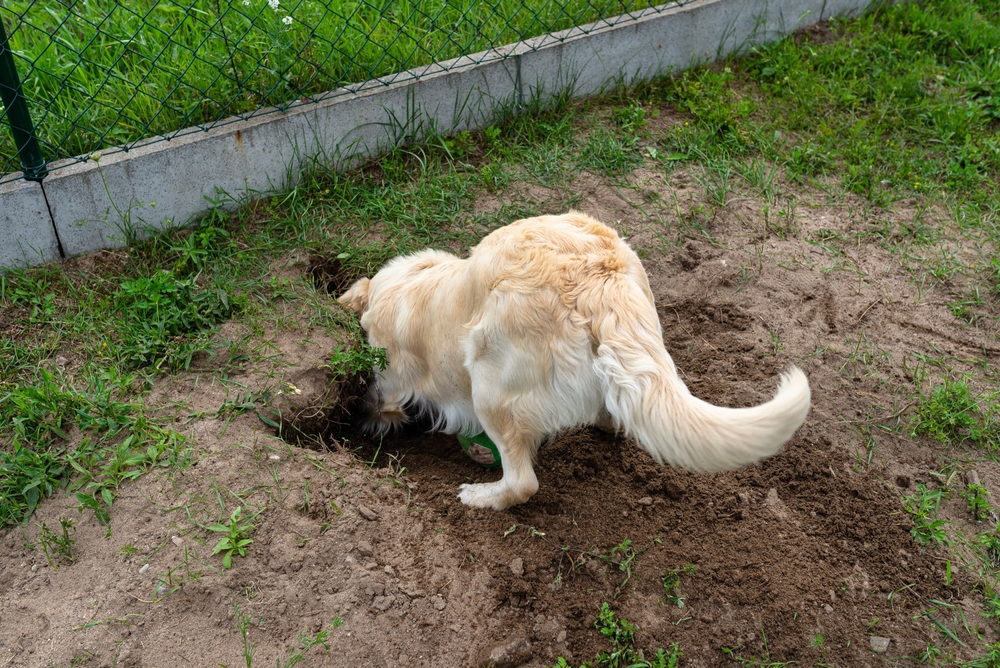
5. Pay attention to compost
If you want to create a dog-friendly garden, be careful with compost. Whenever you use or store compost in your garden, make sure it’s safely gated off to prevent your pooch from getting to it. You can keep it in a closed garage or garden shed.
Decaying food materials contain plenty of types of mold, and this could produce mycotoxins. If your pet decides to taste your compost, they’ll eat mycotoxin, which can make them feel imbalanced and show signs of tremors. Moreover, your pup could also have a fever, vomit, have diarrhea, and be irritable. If left untreated, these symptoms can last for several days.
If this happens, don’t wait for the symptoms to appear. If you notice your pooch eating compost, take them to the vet ASAP.
6. Try the seven-second rule
Even though your pet loves to play outside, it’s not always healthy, especially if it’s boiling. While artificial grass is friendlier to their paws, it can still be harmful if it’s in direct sunlight. If you have artificial grass in your gorgeous garden, treat it with the same caution as other landscaping materials, such as pavements.
Use the seven-second technique to ensure your pup can safely walk on the surface. Hold your hand on the ground for no less than seven seconds. If it’s too hot for you, you’d better believe it’s even hotter for your furry companion. Regardless of how much your pup wants to play outside and how much you try to create a dog-friendly garden, always consider the weather. If it’s too hot outside, let your pup play in the garden for a couple of minutes, then keep them in a shaded and cool room. It’s way better than risking hurting their paws on hot surfaces.
Do you know any other methods on how to create a dog-friendly garden? Let us know in the comments below! If you enjoyed reading this article, here’s a good article for you: Flower Power: 11 Gorgeous Flowering Shrubs for Every Season

